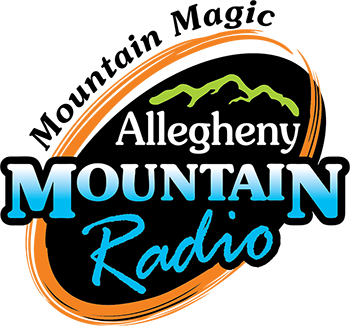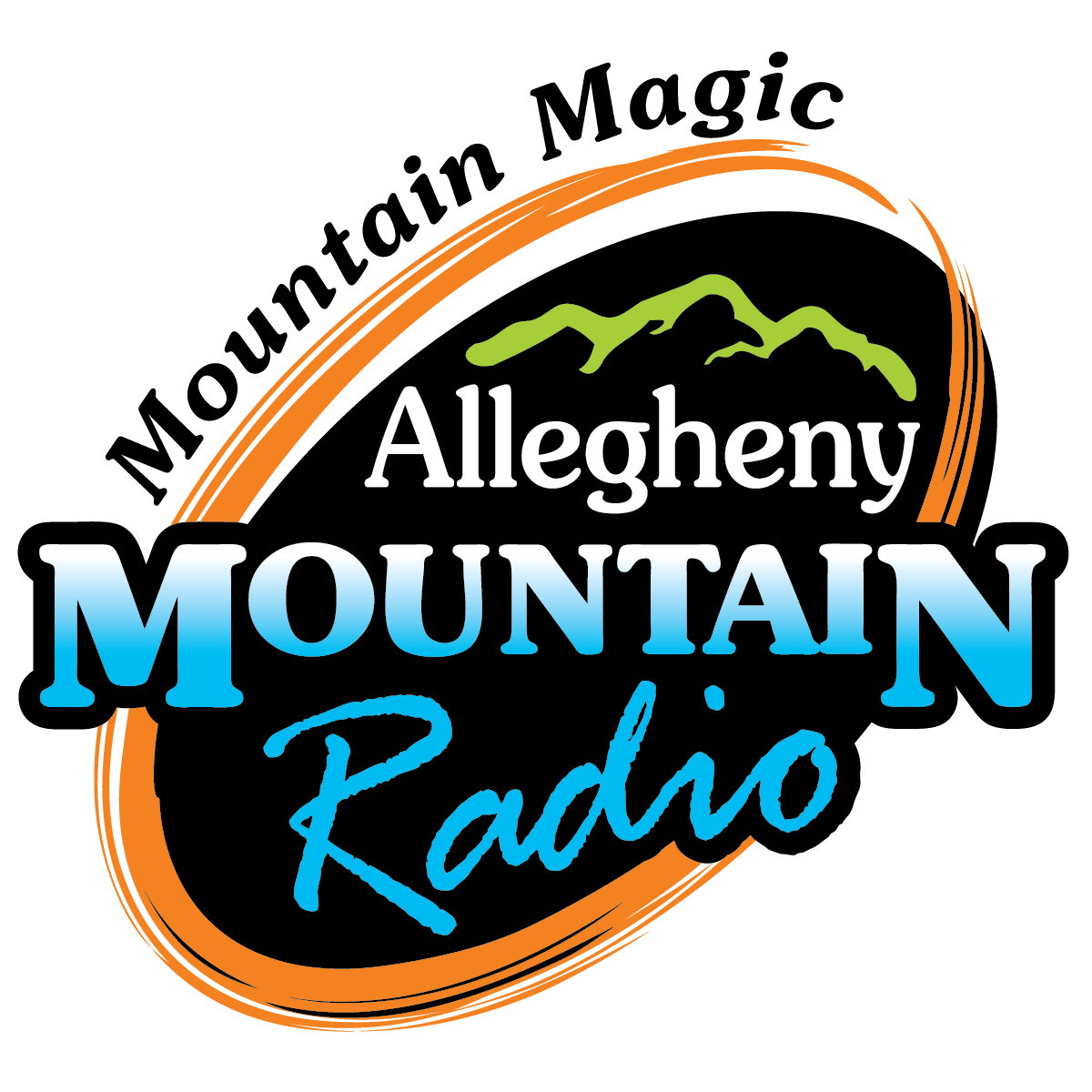Pocahontas County Commission Lays the Levy for 2017-2018 Fiscal Year
The Pocahontas County Commission officially laid the Tax Levy rates for next fiscal year at their April 18th meeting. The Class 1 rate will be 14.190 cents per $100 of assessed value. The Class II rate will be 28.380 cents per $100.00 of assessed value. The Class 3 and 4 rates are the same – 56.760 cents per $100.00 of assessed value.
To help our viewers understand the significance of these levy Rates, here is an explanatory excerpt from the website of the West Virginia Association of Counties–www.wvaco.org. It was pulled from a section of that website entitled “Property Tax 101”.
“Both real property and personal property are appraised at their market value. Their appraised or market value x 60% is their assessed value. People often interchange the terms appraise and assess but an easy way to remember it is if the appraised value of a house is $100,000 then the assessed value would be $60,000. The assessed value multiplied by the levy rate = the tax to be paid. The maximum levy rate for counties, cities, schools, and the state is set by the West Virginia Constitution at 50 cents for class I, $1 on class II and $2 on class 3 and 4. WV code sections 11-8-6 b,c and d dictate the division for counties, cities, schools and state. Per one hundred dollars, counties’ maximum levy rate is 28.6 cents for class II and 57.2 for class III and IV. It is important to note that 40% of all property taxes come from voter-approved excess levies and are above and beyond the constitutional maximum levy. There are 20 counties currently at the maximum levy rate.
Property is divided into four classifications: Class I property is almost phased out as all tangible personal property employed exclusively in farming and livestock, the last remains of the Class I category, was eliminated in this past legislative session.
Class II property is all property owned, used and occupied by the owner exclusively for residential purposes and farms used and occupied by their owners or bona fide tenants.
Class III & IV are all real and personal property exclusive of class I and II situated outside a municipality (class III) or within a municipality (class IV), rental and vacant, that is not used and occupied by the owner.
Although counties’ primary source of revenue is property tax, schools receive the major portion with the municipalities within the county and the state also receiving a small allotment. After the revenue is distributed, counties are left with approximately 25% (statewide average) of collected property tax revenue with which to run county government and provide county services. Although counties keep only 25 % of all property taxes collected, they bear the burden of all costs of appraisal, assessment and collections and it is a fairly labor-intensive form of taxation. Even though school boards receive approximately 70% of all property taxes, that revenue makes up only about 25% of school funding. The rest comes from the state through the school aid formula and other sources.
The only optional tax that counties can impose is the hotel/motel occupancy tax which is capped at 3%.
More information about the levy and how counties and school boards get money from real estate and personal property taxes can be found on our website with this story and even more by visiting the Association’s web site.
The Pocahontas County Tax Levy is projected by the Commission for budget purposes to raise about two million, six hundred ninety four thousand and seventy dollars.
In other meeting events, the Commissioners heard from Margaret Worth during the public input section of the meeting who again expressed her opposition to the building of the Atlantic Coast Pipeline through the County and said her opposition is primarily based on her opposition to natural gas fracking and the reliance on using any fossil fuels to produce energy.
The Commission received Glen Galloway’s monthly Day Report Center, which showed that in March there were 18 participants, three of them were new while one completed the program. They drug tested 57 Day Report participants, with 8 positive tests, however three of those were on intakes – or brand new participants. They also conducted 57 alcohol screens, and all were negative.
David Litsey asked the Commission to help the School Board pay for alarm and sprinkler repairs at Marlinton Elementary School and Green Bank before the fire Marshall closes these schools down. He suggested using Hotel/Motel tax money or uncommitted money from Farmland Protection to pay for this, however Commissioner Groseclose pointed out that there are no uncommitted funds in Farmland Protection. The Commissioners took no action regarding this matter.
The Commissioners approved a resolution in support of the Court Security Grant Application and, at the request of the County Solid Waste Authority, appointed Sheriff Barlow as the County Litter Control Officer.
The Commissioners voted to require all non-profit organizations seeking donations from the Commission to provide a sworn statement regarding their finances and any organization seeking $50,000 or more to provide a certified audit of their finances.
During his Counsel Report, Attorney Bob Martin advised that all three municipalities in the County (Marlinton, Durbin and Hillsboro) have asked to be included in the Sheriff’s enforcement of the new dog ordinance. This will be placed on the next Commission Agenda for action.
Martin also said that the County Assessor has concerns about the 13 million dollar sale of the Nursing Home in Marlinton and the effect of that sale on surrounding properties. He advised that the nursing home’s deed included a $13 million dollar declaration of consideration of value and the Assessor –Tom Lane – wanted an opinion about whether this figure can be used to determine assessed value.
The meeting ended with two executive sessions, one requested by the Sheriff to discuss Courthouse security concerns and the other requested by Bob Martin to discuss a personnel matter.





